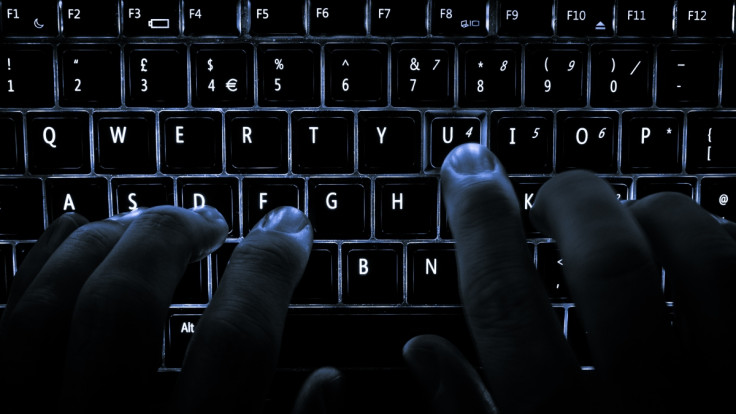Porn surfers at risk as paedophiles hide child abuse images on fake adult websites

People viewing pornography online are at risk of being arrested because paedophiles are increasingly hiding child abuse material on web pages posing as legal porn sites, a report has warned. The Internet Watch Foundation (IWF) said 2015 had seen a rise in illegal content discovered on "disguised" sites which masquerade as providing over-18 material but which offer a secret route to videos and images of children.
In 2015, the IWF uncovered 743 websites of this kind, compared with 353 in 2013. The UK charity said people searching for legal adult content were at risk of being duped into visiting these commercial child porn sites and being targeted by police.
"Some people may think they're going to legal adult content but they unfortunately have picked up the cookies on the way that means that they are served the child sexual abuse material," Fred Langford, deputy chief executive of the IWF, told the Guardian. "There's a huge risk there."
The IWF said disguised websites show users legal adult content on its homepage but offer child sexual abuse images using a specific pathway of links. It warned those who thought they'd viewed only legal content could still be arrested due to a record of them visiting the URL on their computer.
He said: "If somebody is arrested on suspicion of [accessing child abuse images], it makes it much more difficult for them to prove their innocence. Equally, it makes it much more difficult for the police to prove the guilt. It has really started to become an accepted practice for the commercial side of the paedophilic community because this obfuscation technique is more effective at keeping its content live for longer."
The IWF report, published on Thursday (21 April), revealed the charity had removed a "staggering" amount of child abuse material from the internet in 2015. Almost 70,000 reports of illegal material saw images and videos taken down, representing a more than fourfold increase over the past two years. The rise coincides with the charity given approval by the government to start proactively searching for online child sexual abuse imagery in 2014.
The content removed last year included 1,788 victims who were assessed as being aged two or under. Just over a third of all images involved the rape or sexual torture of children. The IWF also said paedophiles were increasingly turning to the Dark Web – which offers anonymised browsing – to share child porn, with 79 new services found, an increase of 55% on 2014.
Susie Hargreaves, IWF chief executive, said: "Last year our analysts broke all records for assessing reports. By being allowed to actively search for these hideous images of children, we've seen a dramatic increase in the sheer number of illegal images and videos that we've been able to remove from the internet. Thanks to a co-ordinated approach from government and our internet industry members, our work is having an incredible impact.
"But despite our success, this isn't the time to stand still. We're employing the latest technology in our work and we've got ambitious plans to expand our team of analysts. What we never forget, is that behind these headlines and every single image we remove from the internet, there is a real child being abused."
The charity says it plans to challenge online companies who have yet to become a member of the IWF to take stronger action. Current members include Google, BT, Sky and Facebook, which help remove illegal pornography from its servers by using a database of illegal images represented by digital fingerprints.
The IWF said the UK "leads the world" at removing this illegal imagery of children. Only 0.2% of the world's known child sexual abuse imagery is now hosted in the UK, compared with 18% when the IWF was founded nearly 20 years ago.
© Copyright IBTimes 2025. All rights reserved.




















